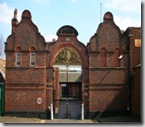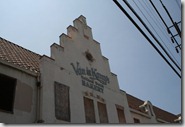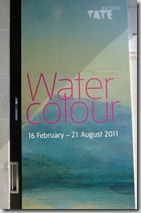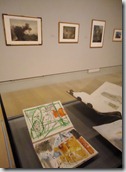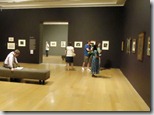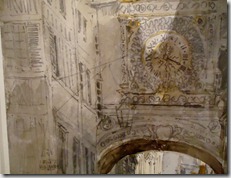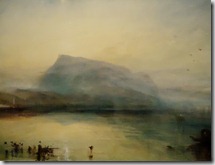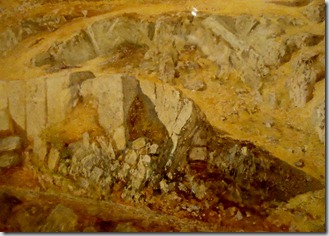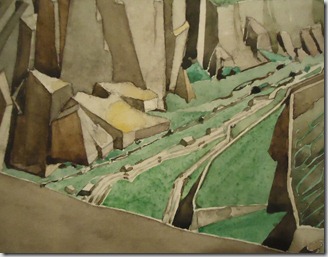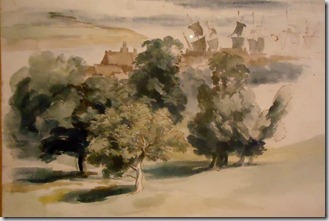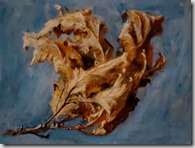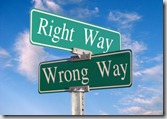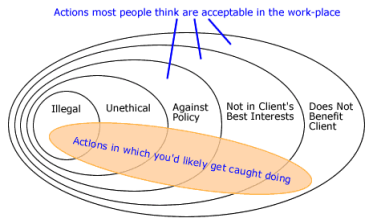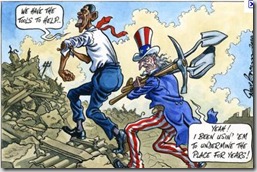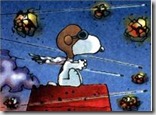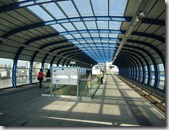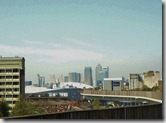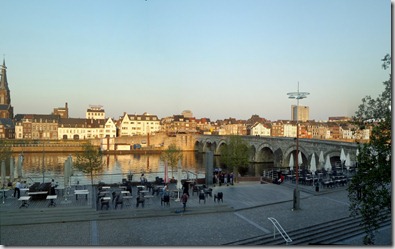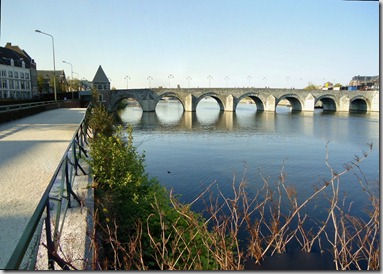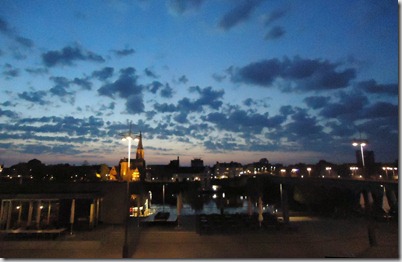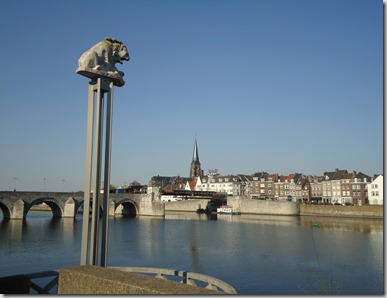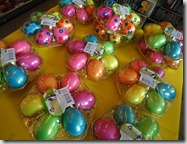Dutch architectural influences
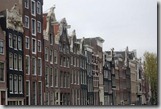 American Heritage magazine published a wonderful history of Dutch – US connections (“The Dutch Door to America”), leaving me in a mood to read a bit more background. Since I also visited Harwich today, the starting point of the Mayflower expedition, it pushed me to think about the various building elements in the US that have “Dutch” adjectives (and, yes, it was clearly too long a drive back to Cambridge if there was time for this…).
American Heritage magazine published a wonderful history of Dutch – US connections (“The Dutch Door to America”), leaving me in a mood to read a bit more background. Since I also visited Harwich today, the starting point of the Mayflower expedition, it pushed me to think about the various building elements in the US that have “Dutch” adjectives (and, yes, it was clearly too long a drive back to Cambridge if there was time for this…).
Like others, I fell into the error of believing that all things Pennsylvania Dutch are somehow connected to Holland (it’s actually German). With that correction, what other tight (or loose) connections reach back to our Dutch Colonial heritage.
 Dutch Colonial houses: I expected these to be the brick row houses in New York and Boston, but they actually refer to the “Amityville Horror”-style houses with gambrel roofs, the step-tilted sort that wrap over Midwestern barns. Not really Dutch, these originate with
Dutch Colonial houses: I expected these to be the brick row houses in New York and Boston, but they actually refer to the “Amityville Horror”-style houses with gambrel roofs, the step-tilted sort that wrap over Midwestern barns. Not really Dutch, these originate with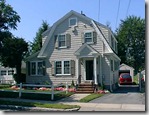 German (“Deutsch”) settlers in Pennsylvania in the early 1600s. (‘Hard to see how a primarily European population of immigrants would get the pronounciation wrong over time, but there you go…)
German (“Deutsch”) settlers in Pennsylvania in the early 1600s. (‘Hard to see how a primarily European population of immigrants would get the pronounciation wrong over time, but there you go…)
Some sources do say that Dutch Colonial is a similar style to Dutch farmhouses, but when I think of the tidy low barns and houses that dot the Low fields here, they are nothing like these homes.
Interestingly, the Dutch Gablet is exactly the opposite style of roof, with a shallow lower roof capped by a steeper center roof.
There’s also a Dutch Half-Hip Roof, right, and the traditional Dutch Pediment. The latter is the serrated or rounded facings common on top of Dutch street buildings: transplanted examples below are from Birmingham, left, and Los Angeles, right.
I know there’s also a Spanish serrated style, but my eye isn’t good enough to pick out the differences yet.
Clearly it’s all about the roofs (and more than I can sort out…)

 Dutch Doors: Entry doors, divided in the middle so that the top half can open independently of the bottom half. I think of them as stable doors, split to keep animals in (or out), but Dutch doors did originate in the Netherlands in the 17th century, imported from an idea that the Dutch settlers found in Indonesia.
Dutch Doors: Entry doors, divided in the middle so that the top half can open independently of the bottom half. I think of them as stable doors, split to keep animals in (or out), but Dutch doors did originate in the Netherlands in the 17th century, imported from an idea that the Dutch settlers found in Indonesia.
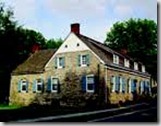 Dutch vernacular architecture: Broadly, these are building styles which use local materials to suit local needs. Dutch settlers in the Hudson Valley brought their architectural traditions to the new world with them, reconstructing practical variations on traditional house- and farm-buildings. Several societies protect the remaining examples in New York and Pennsylvania – the Hudson Valley Vernacular Association and the Dutch Farm Society are two good ones. It’s interesting to compare their photographs and specifications against the architectures common in the Dutch countryside.
Dutch vernacular architecture: Broadly, these are building styles which use local materials to suit local needs. Dutch settlers in the Hudson Valley brought their architectural traditions to the new world with them, reconstructing practical variations on traditional house- and farm-buildings. Several societies protect the remaining examples in New York and Pennsylvania – the Hudson Valley Vernacular Association and the Dutch Farm Society are two good ones. It’s interesting to compare their photographs and specifications against the architectures common in the Dutch countryside.
 The Jambless Fireplace: Traditional Netherlands jambless fireplaces were placed flush against the wall, surrounded with tile, and open on three sides to the room. There were hoods to collect heat and smoke, with chains to hang pots and grates. This has a very “colonial” feel, reminiscent of when I first visited Colonial Williamsburg.
The Jambless Fireplace: Traditional Netherlands jambless fireplaces were placed flush against the wall, surrounded with tile, and open on three sides to the room. There were hoods to collect heat and smoke, with chains to hang pots and grates. This has a very “colonial” feel, reminiscent of when I first visited Colonial Williamsburg.
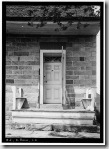 Dutch Stoops: These are small porches ahead of the entry door, with a bench on either side and a small roof overhead. Supposedly they are a vernacular adaptation of the entryways seen alongside Amsterdam’s canals, where stone
Dutch Stoops: These are small porches ahead of the entry door, with a bench on either side and a small roof overhead. Supposedly they are a vernacular adaptation of the entryways seen alongside Amsterdam’s canals, where stone 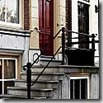 steps lead up one level to a stone porch ahead of the main entry to a building.
steps lead up one level to a stone porch ahead of the main entry to a building.
Of course, Dutch Tile accents and many other bits of architecture also found their way abroad during the Golden Age and the early settlements that followed. But these examples give some of the more subtle influences – I’m sure that there are many more.
======================
Finally, I wanted to share a bit of related sociology: Hernan Vesa’s 1989 article “On Dutch Windows”:
In The Netherlands, living room windows are big, left uncovered day and night, and elaborately decorated. This pattern, which is widespread in all urban and rural regions in this country, disappears abruptly as soon as the border into Germany is crossed where windows are generally smaller, consistently covered, and more sparsely decorated. Going south into Flanders, the disappearance of open and decorated windows is gradual but noticeable.
The cognitive and sensory meaning of a single object in material culture, the Dutch window, is examined as a concrete articulation of the boundary between the public and private realms by “thinking it with” successive conceptual frames in sociology. Assuming that material objects are embodiments of ideas, the study focuses on (a) the norms for looking and for looking out of the windows, (b) the territorial boundary being established and, (c) the information game played through the windows in a context of the notion of privacy. Photographs of the cultural objects under consideration, i.e., Dutch windows, are presented throughout the text as reminders that the cultural and material realms are sensually linked. The study concludes that objects in material culture must be examined in terms of the active, purposive acts we accomplish by adapting the objects to our practical and expressive needs.
Labels: Dutch Artifacts, US / Dutch Contrasts
